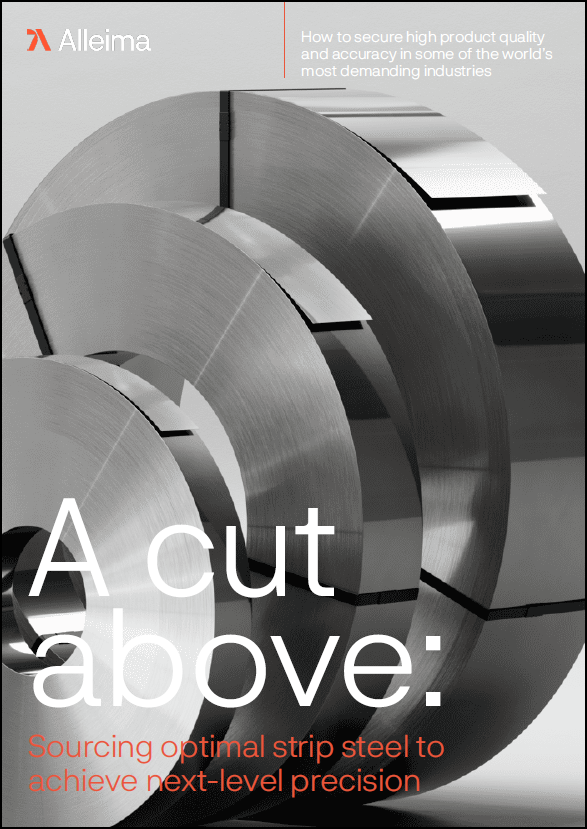
The significant surge in the adoption of car particulate filters is primarily driven by apprehensions regarding escalating carbon emissions standards, prompting various regional and international policies.
As a result, businesses are increasingly employing selective catalyst reduction techniques to boost filter efficacy. Against this backdrop, the Asia-Pacific (APAC) automotive exhaust systems market is set to increase at a negative compound annual growth rate (CAGR) of 1.3% between 2023 and 2028, forecast GlobalData, a leading data and analytics company.

US Tariffs are shifting - will you react or anticipate?
Don’t let policy changes catch you off guard. Stay proactive with real-time data and expert analysis.
By GlobalDataGlobalData’s latest report, Automotive Exhaust Systems Market Trends and Analysis by Technology, Companies and Forecast to 2028, reveals that the key regions in the exhaust systems market are APAC, followed by Europe and North America. APAC’s automotive exhaust systems market is estimated to decrease from 45.6m units in 2023 to 42.7m units in 2028. APAC’s automotive exhaust systems market is anticipated to decrease by 2028 because of vehicle electrification. Asia-Pacific is leading the charge in the resurgence of electric vehicles.
Lucy Tripathi, senior automotive analyst at GlobalData, said: “Every year, global emission regulations become stricter, raising demand for a decrease in the specifics and amount of exhaust gas emissions. The OEMs of automobiles and producers of exhaust systems can restrict vehicle emissions to meet legal requirements by combining after-treatment devices.
“Selective catalytic reduction (SCR) and diesel particulate filters (DPF) are the most often used after-treatment device combination. With this combination, over 70% of gaseous and particulate matter are eliminated. In the presence of a reductant, the SCR converts NOx to N2 (nitrogen) and water, whereas the DPF filters particulate matter.”
Vehicle weight reduction is becoming more and more necessary to comply with strict emission and fuel economy regulations and avoid facing harsh penalties from government agencies.
Tripathi added: “Fuel consumption and CO2 emissions are greatly reduced when a vehicle’s weight is decreased. This is because lighter cars require less fuel to overcome inertia, which further lowers the power needed to move the vehicle.
“Cast iron, stainless steel, mild steel, carbon steel, and other materials are used in the construction of exhaust systems and their component parts in conventional exhaust systems. Nonetheless, several automakers, producers of exhaust systems, and other businesses are attempting to lighten the weight of exhaust systems and their constituent parts.”
Due to the region’s growing urbanisation, rising GDP, and increasing disposable income, the Asia-Pacific automotive exhaust system market holds the largest share of the overall market. The region is attracting numerous industries to locate their manufacturing plants due to the availability of inexpensive labour and resources.
Many automakers are placing a strong emphasis on this area because of the strong demand for passenger and commercial vehicles. Moreover, China leads India and Japan in terms of market share for automotive exhaust systems in this region.
Tripathi said: “To lessen the effect of emissions from diesel variants in diesel engines, regulatory bodies are mandating the use of petrol variants. As a result, improvements in gasoline-powered engines have been made, including gasoline direct injection (GDI) engines, which use less fuel and produce fewer emissions than other gasoline-powered engine types. Gasoline particulate filters (GPFs) are used to lessen gasoline direct injection (GDI) engines’ emissions and offset their emission effects. GPF allows for constant filter regeneration and prevents soot buildup. As the demand for direct gasoline engines grows, the GPF segment is anticipated to grow at the fastest rate.”




